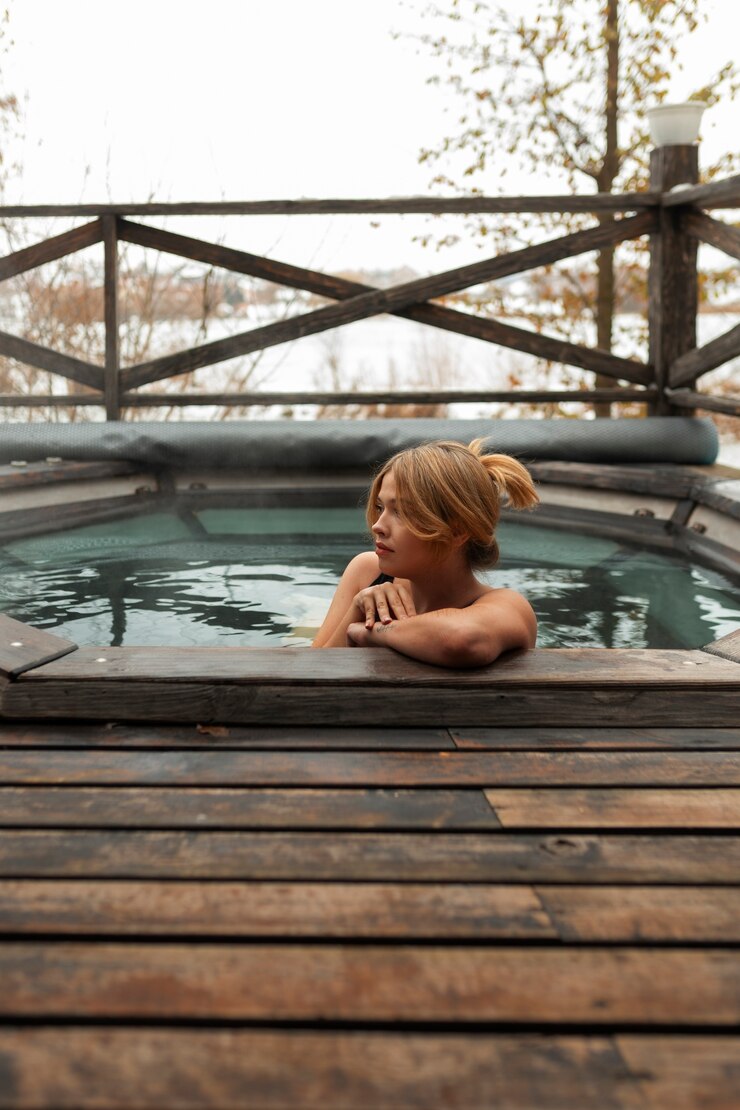
The Science Behind Contrast Therapy
Physical Recovery
Recovery Enhancement: Alternating between heat and cold can improve circulation and expedite recovery. Heat dilates blood vessels, increasing blood flow and nutrient delivery to muscles. In contrast, cold exposure causes vasoconstriction, which helps reduce swelling and inflammation.
Expert Insight: Dr. Sarah Johnson, a sports medicine physician, explains, “By promoting blood flow through heat and then reducing it through cold, contrast therapy optimizes the body’s natural healing processes. This can be especially beneficial after intense workouts.”
Inflammation Reduction: Contrast therapy can significantly reduce muscle soreness and inflammation. The rapid shift between temperatures may help flush out metabolic waste from muscle tissue, while simultaneously delivering fresh oxygen and nutrients.
Expert Insight: Dr. Mark Thompson, a physiologist, notes, “Research indicates that this alternating process can decrease markers of inflammation and promote faster healing, which is crucial for athletes and anyone looking to recover from physical exertion.”
Beyond physical recovery, contrast therapy can also enhance mental well-being. The shock of temperature changes stimulates the release of endorphins, the body’s natural painkillers and mood enhancers.
Stress Reduction: The contrast of hot and cold can have a meditative effect, allowing individuals to focus on the present moment and experience mental clarity. Many practitioners report feeling rejuvenated and more relaxed after sessions.
Expert Insight: Dr. Emily Carter, a clinical psychologist, states, “The practice of contrast therapy can serve as a form of mindfulness, providing a break from daily stressors. The physical sensations also engage the mind, making it a holistic approach to mental health.”
Improved Sleep: Engaging in contrast therapy may improve sleep quality. The relaxation from heat exposure, followed by the invigoration of cold, can lead to better sleep cycles, helping individuals feel more rested.
Expert Insight: Sleep specialist Dr. Kevin Adams adds, “The regulation of body temperature plays a crucial role in sleep hygiene. Contrast therapy can help facilitate this process, leading to deeper and more restorative sleep.”
How to Practice Contrast Therapy
Start with Heat: Spend 10-15 minutes in a sauna or hot bath.
Transition to Cold: Follow with 1-3 minutes in a cold plunge or ice bath.
Repeat the Cycle: You can repeat this process 2-3 times, finishing with cold exposure for the best recovery effects.
Conclusion
Contrast therapy, combining heat and cold treatments, presents a multifaceted approach to recovery, inflammation reduction, and mental health enhancement. With backing from medical professionals, its integration into routine wellness practices can offer profound benefits for both athletes and everyday individuals. As always, it’s advisable to consult with a healthcare provider before beginning any new treatment regimen, especially for those with underlying health conditions.



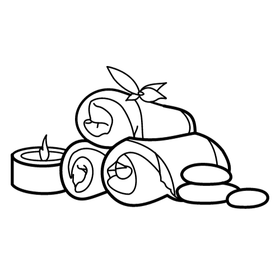
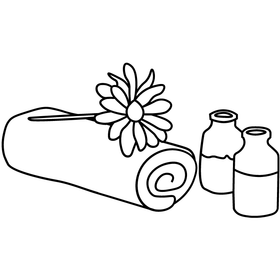
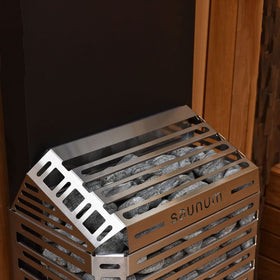
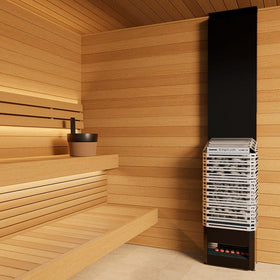
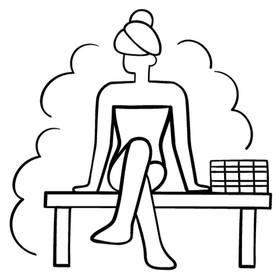

Leave a comment